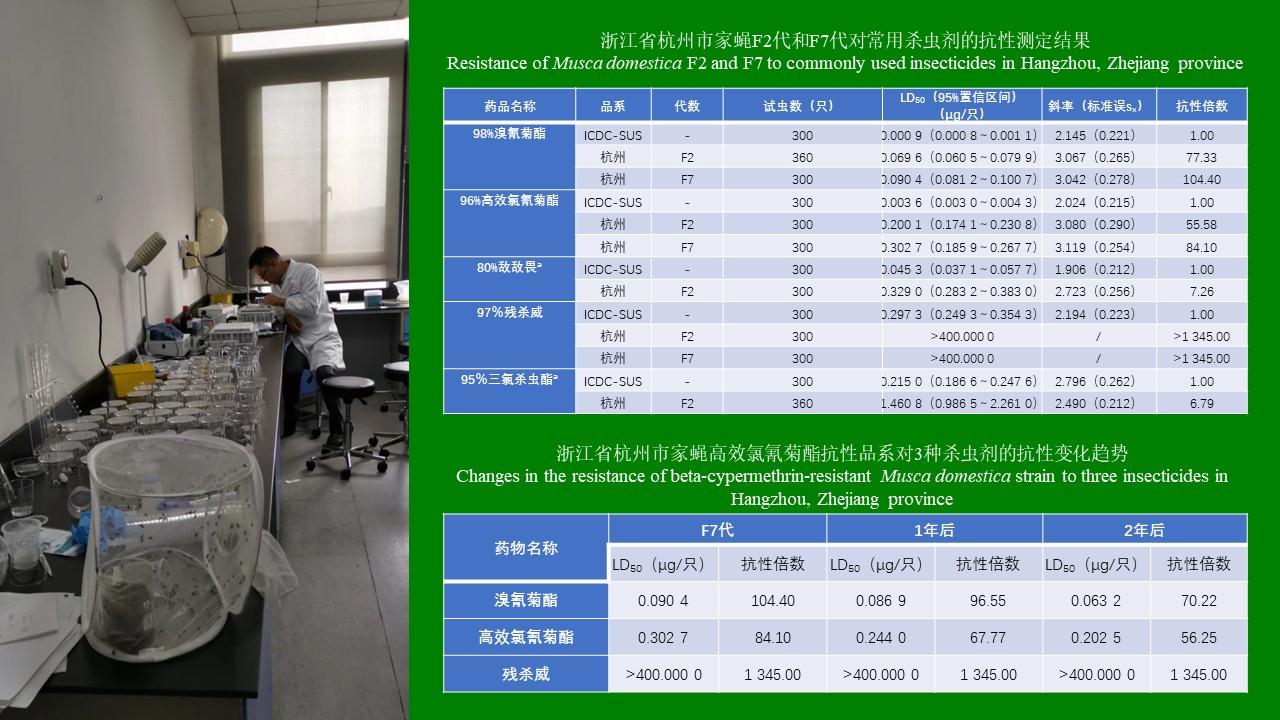 PDF(524 KB)
PDF(524 KB)


杭州市家蝇高效氯氰菊酯抗性品系的建立
韦凌娅, 孔庆鑫, 曹阳, 王慧敏, 沈林海, 王英红
中国媒介生物学及控制杂志 ›› 2022, Vol. 33 ›› Issue (4) : 458-461.
 PDF(524 KB)
PDF(524 KB)
 PDF(524 KB)
PDF(524 KB)
杭州市家蝇高效氯氰菊酯抗性品系的建立
 ({{custom_author.role_cn}}), {{javascript:window.custom_author_cn_index++;}}
({{custom_author.role_cn}}), {{javascript:window.custom_author_cn_index++;}}Establishment of beta-cypermethrin-resistant strains of Musca domestica in Hangzhou
 ({{custom_author.role_en}}), {{javascript:window.custom_author_en_index++;}}
({{custom_author.role_en}}), {{javascript:window.custom_author_en_index++;}}
| {{custom_ref.label}} |
{{custom_citation.content}}
{{custom_citation.annotation}}
|
/
| 〈 |
|
〉 |